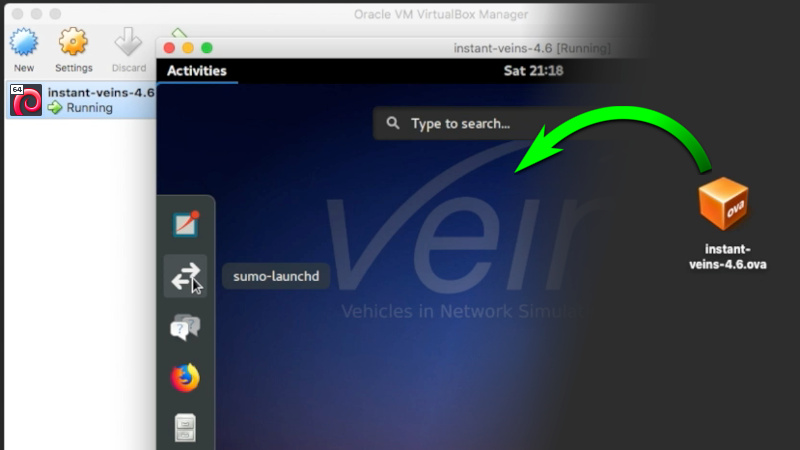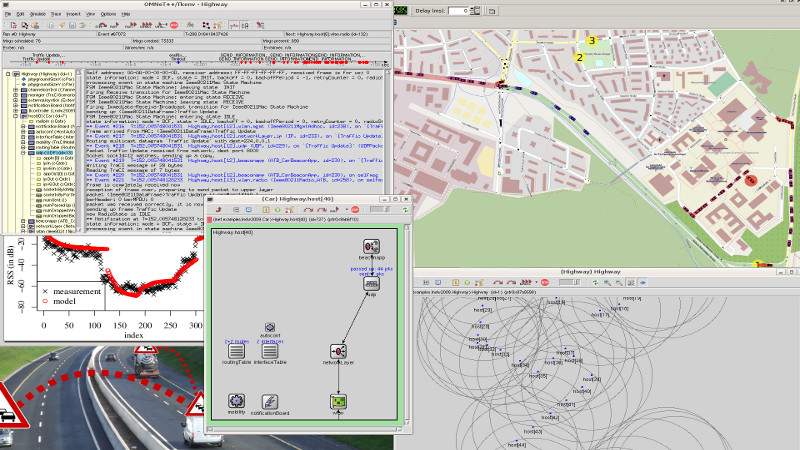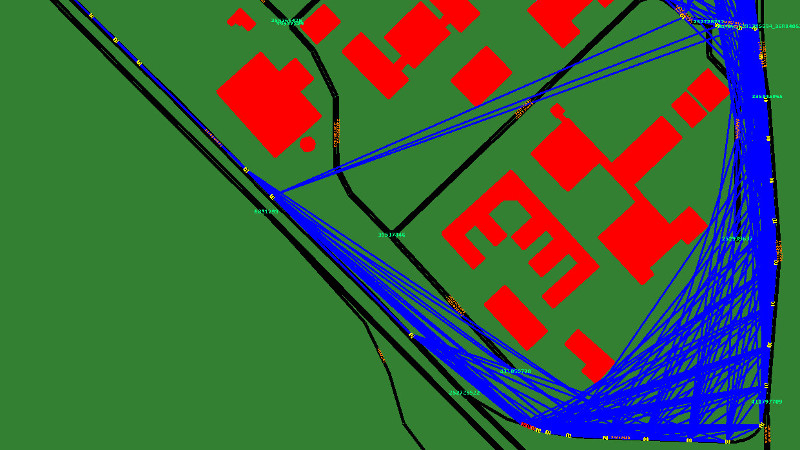Veins is an open source framework for running vehicular network simulations. It is based on two well-established simulators: OMNeT++, an event-based network simulator, and SUMO, a road traffic simulator. It extends these to offer a comprehensive suite of models for IVC simulation.
If you use Veins or one of its component models, we would appreciate a citation of our work:
 Christoph Sommer, Reinhard German and Falko Dressler, "Bidirectionally Coupled Network and Road Traffic Simulation for Improved IVC Analysis," IEEE Transactions on Mobile Computing (TMC), vol. 10 (1), pp. 3-15, January 2011.
[DOI, BibTeX, Details...]
Christoph Sommer, Reinhard German and Falko Dressler, "Bidirectionally Coupled Network and Road Traffic Simulation for Improved IVC Analysis," IEEE Transactions on Mobile Computing (TMC), vol. 10 (1), pp. 3-15, January 2011.
[DOI, BibTeX, Details...]
If you use Veins or one of its component models, we would appreciate a citation of our work.
 Christoph Sommer, Reinhard German and Falko Dressler, "Bidirectionally Coupled Network and Road Traffic Simulation for Improved IVC Analysis," IEEE Transactions on Mobile Computing (TMC), vol. 10 (1), pp. 3-15, January 2011.
[DOI, BibTeX, Details...]
Christoph Sommer, Reinhard German and Falko Dressler, "Bidirectionally Coupled Network and Road Traffic Simulation for Improved IVC Analysis," IEEE Transactions on Mobile Computing (TMC), vol. 10 (1), pp. 3-15, January 2011.
[DOI, BibTeX, Details...]
What can Veins do?
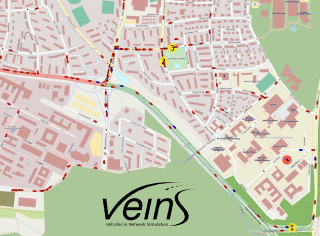
The Veins framework includes a comprehensive suite of models to make vehicular network simulations as realistic as possible, without sacrificing speed. The GUI and IDE of OMNeT++ and SUMO can be used for quickly setting up and interactively running simulations.
In the screencast above, blue cars are heading west. An accident is simulated at ①, along with a simple protocol informing drivers of jams. This makes it possible to investigate dynamic re-routing around an accident.
How does Veins work?
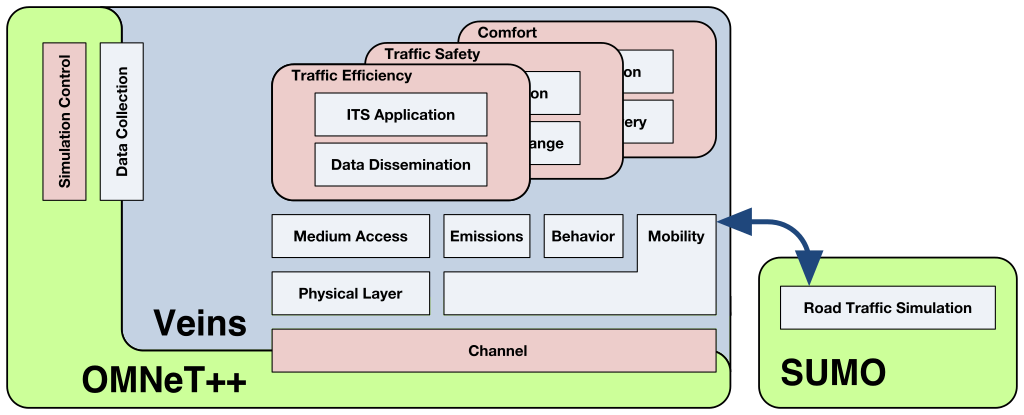
Road traffic simulation is performed by SUMO, which is well-established in the domain of traffic engineering. Network simulation is performed by OMNeT++ along with the physical layer modelling toolkit MiXiM, which makes it possible to employ accurate models for radio interference, as well as shadowing by static and moving obstacles.
Both simulators are bi-directionally coupled and simulations are performed online. This way, the influence of vehicular networks on road traffic can be modeled and complex interactions between both domains examined.
Domain specific models for vehicular networking build on this basis to provide a comprehensive framework that is still easy to learn and use.
Who uses Veins?

Veins has its roots in a research project by the same name, targeting enhanced simulative performance evaluation of vehicular networks. While this research project is by now finished, the Veins simulation framework, parts of it dating back to early 2006, is still under active development as Open Source software.
Its ever growing user base is spanning five continents, including universities, governmental bodies, and independent research institutes - as well as research and development centers of the major automobile manufacturers.



